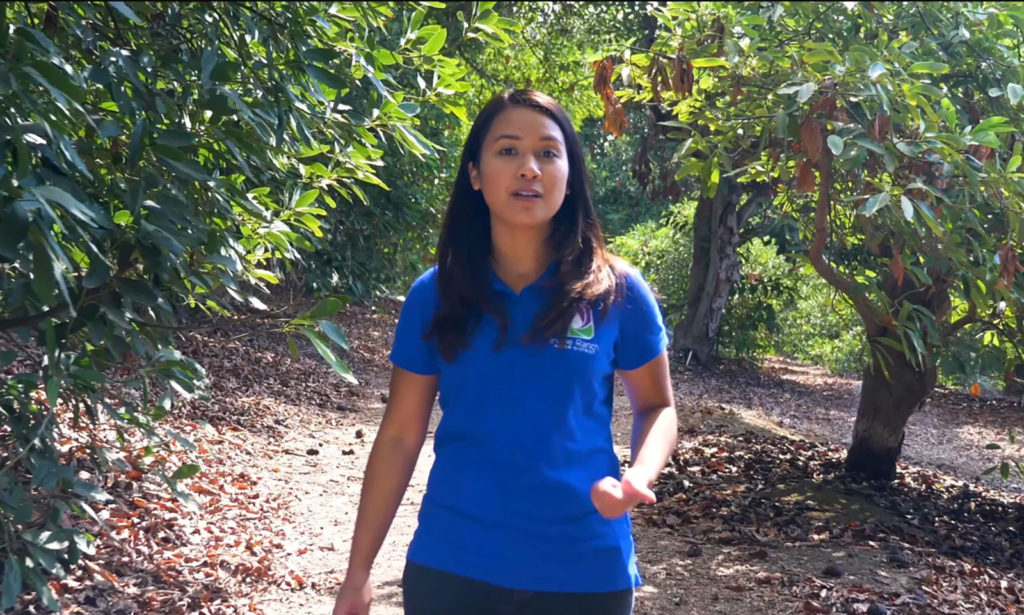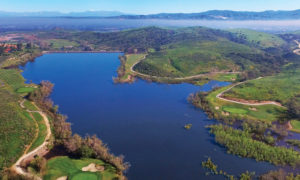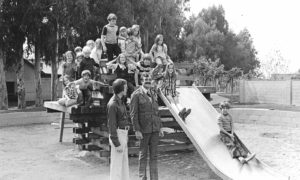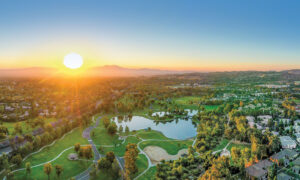As communities around the nation, particularly in the arid Southwest, struggle to meet their water needs, the Irvine Ranch Water District has long been a national leader in the recycling of wastewater.
“If Irvine looks greener and lusher than other communities, it’s because of our recycled water program,” said Irvine Ranch Water District General Manager Paul Cook. “While others cut back, Irvine is able to maintain its tree-lined streets, green medians and lush common areas — because every gallon of recycled water used there saves a gallon of drinking water.”
Since 1967, IRWD has lived by the motto “Water is too valuable to use just once.” That year, the water district, with significant support from the Irvine Company, opened the Michelson Water Recycling Plant and began delivering recycled water for irrigation across the district.
This program of water recycling and distribution is made possible by hundreds of miles of purple pipes, a dedicated system — separate and distinct from the drinking water supply — that carries recycled water from the treatment facility to irrigation sites all over the district.
When Irvine was in its earliest master-planning stage, the IRWD Board of Directors had the foresight to include this system of purple pipes — a color Irvine Ranch chose that now is an industry standard.
Through thoughtful planning, it is possible to extend recycled water throughout the community without the trouble and expense of digging up roads to install new pipelines.
Recycled water began flowing to customers in 1967. By 1990, 14 percent of all water used in the Irvine Ranch Water District was recycled. And today, more than 20 million gallons per day of recycled water flows through more than 500 miles of purple pipes.
How is recycled water used in my city?
- Watering parks
- Watering golf courses
- Watering school playing fields
- Watering HOA common areas and front yards
- In manufacturing processes
- Toilets in dual-plumbed buildings
- Cooling towers










